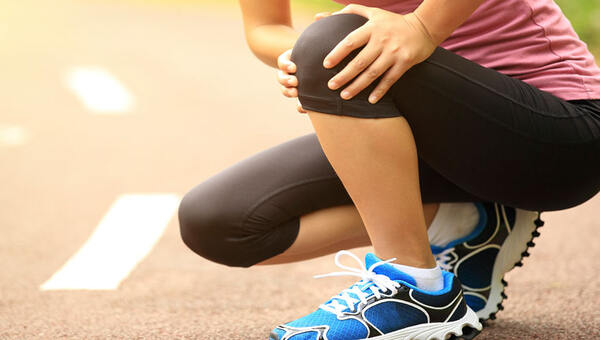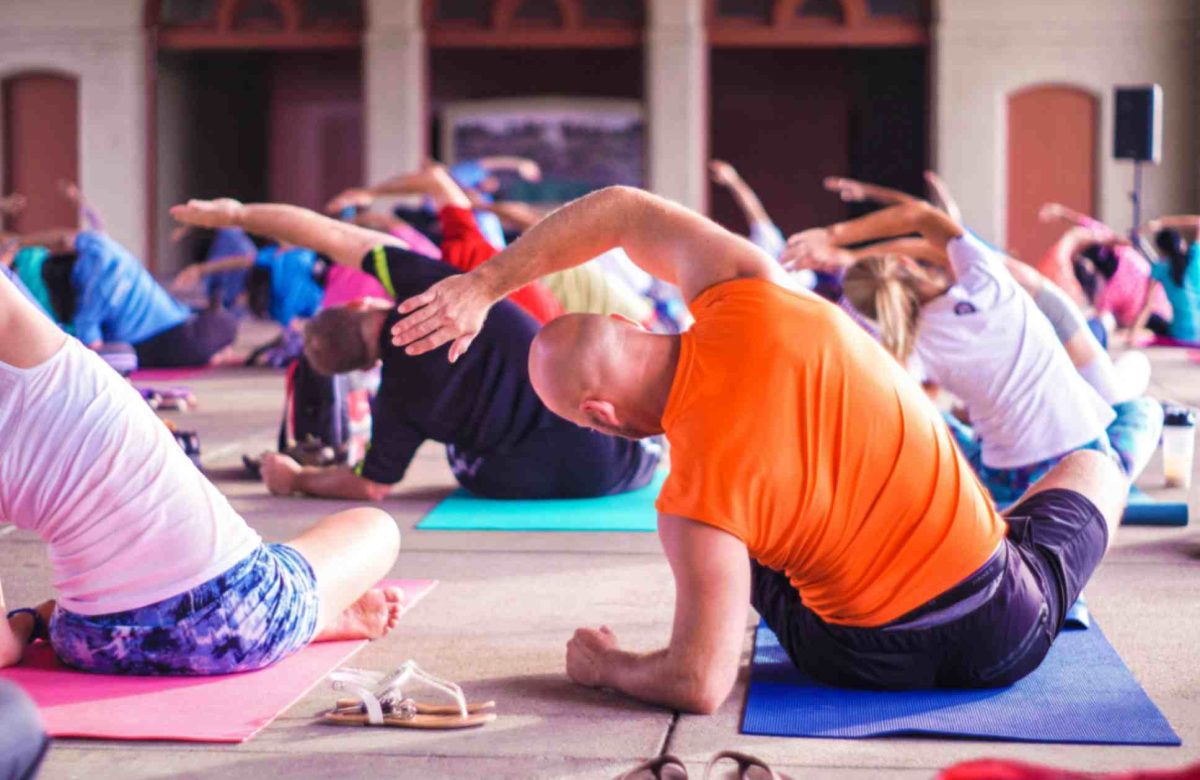How to Enhance Your Post-Workout Recovery

Any fitness routine should include post-workout recovery. It is during the recovery phase that our muscles repair and grow stronger, helping us progress toward our fitness goals while preventing injuries and burnout. However, many individuals underestimate the significance of recovery or simply don’t know how to optimize it effectively. In this blog, we will explore practical and science-backed strategies to enhance your post-workout recovery, allowing you to perform better and maintain long-term fitness success.
Understanding the Importance of Post-Workout Recovery
Before we dive into the strategies, it’s essential to understand why post-workout recovery is so important:
- Muscle Repair and Growth: During exercise, our muscles experience tiny tears that need time to heal and grow back stronger. Proper recovery supports this repair process, leading to muscle growth and improved strength.
- Preventing Overtraining: Overtraining occurs when you push your body beyond its capacity without adequate recovery. This can lead to fatigue, decreased performance, and an increased risk of injuries.
- Reducing Muscle Soreness: Adequate recovery can help alleviate post-exercise muscle soreness, known as delayed onset muscle soreness (DOMS), making it easier to maintain consistency in your workouts.
- Restoring Energy Levels: Recovery allows your body to replenish energy stores and avoid feeling fatigued or drained throughout the day.
Read More : How to Relieve Muscle Tension and Soreness with Stretching
Now, let’s explore effective ways to enhance your post-workout recovery:
1. Cool Down Properly
Always conclude your workouts with a proper cool-down session. Gradually decrease the intensity of your exercise and incorporate stretching exercises to improve flexibility and reduce muscle tension. Cooling down helps your body transition from high-intensity exercise to a state of relaxation, signaling the start of the recovery process.
2. Hydrate and Replenish Electrolytes
Hydration is essential for recovery. Drink plenty of water after your workout to replace lost fluids and maintain optimal body function. Additionally, consider consuming beverages or snacks that contain electrolytes, such as potassium and sodium, to replenish what’s lost through sweat.
3. Refuel with a Balanced Post-Workout Meal
Consuming a balanced meal within an hour of your workout is crucial for recovery. Focus on a combination of protein, carbohydrates, and healthy fats to support muscle repair, replenish glycogen stores, and aid in overall recovery. A protein shake or a well-rounded meal with lean protein, whole grains, and vegetables can be an excellent choice.
4. Get Adequate Sleep
Sleep is the ultimate recovery tool. Aim for 7-9 hours of quality sleep each night to support the repair and growth of muscles, regulate hormones, and optimize overall body function. Establish a consistent sleep schedule and create a calming bedtime routine to improve sleep quality.
5. Utilize Active Recovery
On your rest days or days when you’re not engaging in intense workouts, consider incorporating active recovery exercises. Gentle activities such as yoga, walking, or swimming can improve blood flow, reduce muscle stiffness, and enhance overall recovery.
6. Foam Rolling and Self-Massage
Foam rolling and self-massage with tools like a massage ball can help release muscle tension, increase blood circulation, and reduce muscle soreness. Target major muscle groups and areas of tightness to experience the full benefits.
7. Ice Baths and Contrast Showers
Cold therapy, such as ice baths or contrast showers (alternating between hot and cold water), can aid in reducing inflammation and promoting faster recovery. These techniques are particularly useful after intense workouts or high-impact activities.
8. Listen to Your Body
Keep an eye on your body after a workout. If you’re experiencing persistent pain or extreme fatigue, consider modifying your exercise routine or taking an additional rest day. Injuries and setbacks can result from pushing through severe discomfort.
9. Incorporate Stretching and Mobility Exercises
Maintaining flexibility and mobility is essential for preventing injuries and promoting recovery. Regularly incorporate stretching and mobility exercises into your routine, either after workouts or during dedicated sessions.
10. Consider Professional Help
If you’re struggling with recovery or have specific fitness goals, consider seeking guidance from a fitness professional or a sports therapist. They can provide personalized advice, design a suitable recovery plan, and address any underlying issues that may hinder your progress.
Read More : How to Make a Protein Shake
Conclusion
Enhancing your post-workout recovery is fundamental to achieving optimal fitness results and maintaining a sustainable exercise routine. By prioritizing rest, nutrition, hydration, and sleep, you provide your body with the resources it needs to repair and grow stronger. Additionally, incorporating active recovery, foam rolling, and cold therapy can further support the recovery process. Listen to your body, be patient with yourself, and remember that recovery is an essential part of the fitness journey. By embracing these strategies, you can recharge and renew your body after each workout, setting yourself up for long-term success and well-being.




